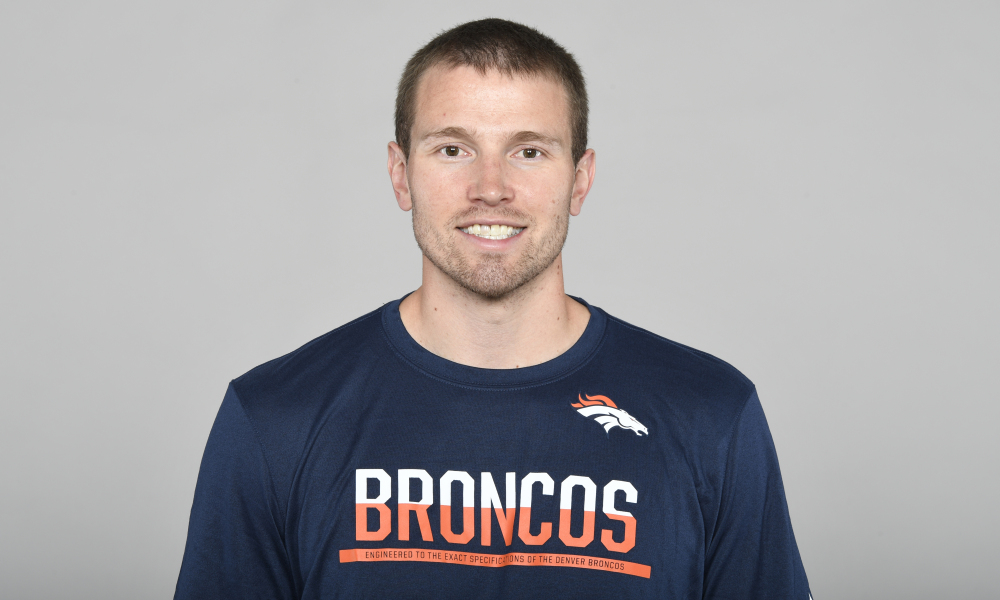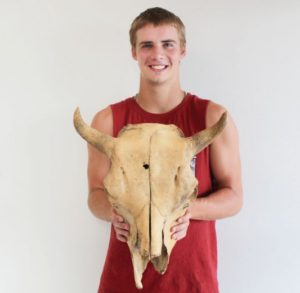Bison ranching. The first thing that may come to mind is hundreds of Bison thundering down the prairie a long time ago. Did you know we raise bison on farms across the country? In fact, the U.S. has bison production in every state in the union. While it’s been a growing industry for many years, the impact of COVID-19 on raising Bison has been anything but positive.
“We’re a small segment of agriculture,” says Dave Carter, the Executive Director of the National Bison Association. “However, we’ve been growing for the last 15 years and turning into a strong and steady business. Most producers have been pretty profitable over that stretch.”
Bison is marketed in two locations, similar to the other major protein segments in U.S. agriculture. Those markets include the restaurant/foodservice sector and the retail sector. Carter said because bison processors tend to be smaller than their counterparts that process beef and pork, they often specialize in one market or the other.
“When COVID-19 hit and restaurants shut down, those processors serving the foodservice customers really took a hit,” he said. “Some have had to lay off up to 60 percent of their employees almost overnight. Those folks who saw restaurants shut down were suddenly scrambling and trying to adapt as retail demand went up.

“Herein lies the problem,” Carter added. “Most of the higher-end cuts like steaks go into the restaurant and foodservice sector. On the retail side, customers are going into stores to buy ground bison. When the higher-end cuts like tenderloins at $24 a pound aren’t selling while people are buying ground bison at $9 a pound, it has a significant financial impact.”
The prices that processors have paid to ranchers over the past month have dropped around 40 cents a pound, a significant price cut for a large animal like bison. Prices have been around $3.70 a pound. He admits while other livestock sectors would love to see that price, it’s still a significant drop for bison producers in just one month’s time.
The ranchers in the finishing segment of the bison industry are the ones being hit hardest because they’ve got animals that are ready to go and are having to hold onto them longer. Processors aren’t working as quickly as they normally would due to layoffs and illness. Animals that stay longer on the farm tend to gain more weight than is optimum and it adds more expense to the bottom line.
One of the biggest challenges the industry faces is getting enough feed because of what’s going on in the ethanol industry. “Distiller’s grains have been a big part of our feeding formula in bison ranching,” Carter said. “Because of the crisis in the ethanol industry, the price of distiller’s grains is going up significantly and the availability is going down.

40 cents over the last month because of COVID-19. (Photo from grist.org)
“That means we now have ranchers who will get less for their animals when they deliver them to their processor,” he added, “but their feed costs are going up at the same time.”
He is thankful that none of the bison processing plants in the country have had to shut down entirely because of the outbreak. Unfortunately, a high number of workers have tested positive for COVID-19 and that’s made other employees hesitant to come to work. But Carter says those bison processors are doing a “great job” of caring for their workers through social distancing, through testing, and by providing Personal Protective Equipment,
Livestock producers in the pork sector have had to make the horrible decision to euthanize some of their animals as they don’t have anywhere to send their hogs for processing. Carter says the bison industry isn’t at the point yet.
“We still have enough supply chain capacity that our ranchers haven’t had to make that decision,” he said. “One reason for that is, unlike our friends in the cattle industry, we don’t have fall calving. Most of our calves are born between April and June, which meant they were weaned and already sent to other ranchers for finishing between November and February of last year.
“That means producers were already done selling their previous calf crop before COVID-19 showed up,” Carter added. “A lot of the ranchers that are feeding bison will probably turn some of their animals back out to pasture and let them graze on grass, so they don’t have the extra feed expense. We can hold them longer than a lot of other livestock, so we aren’t in danger of having to euthanize them in the near future.”




